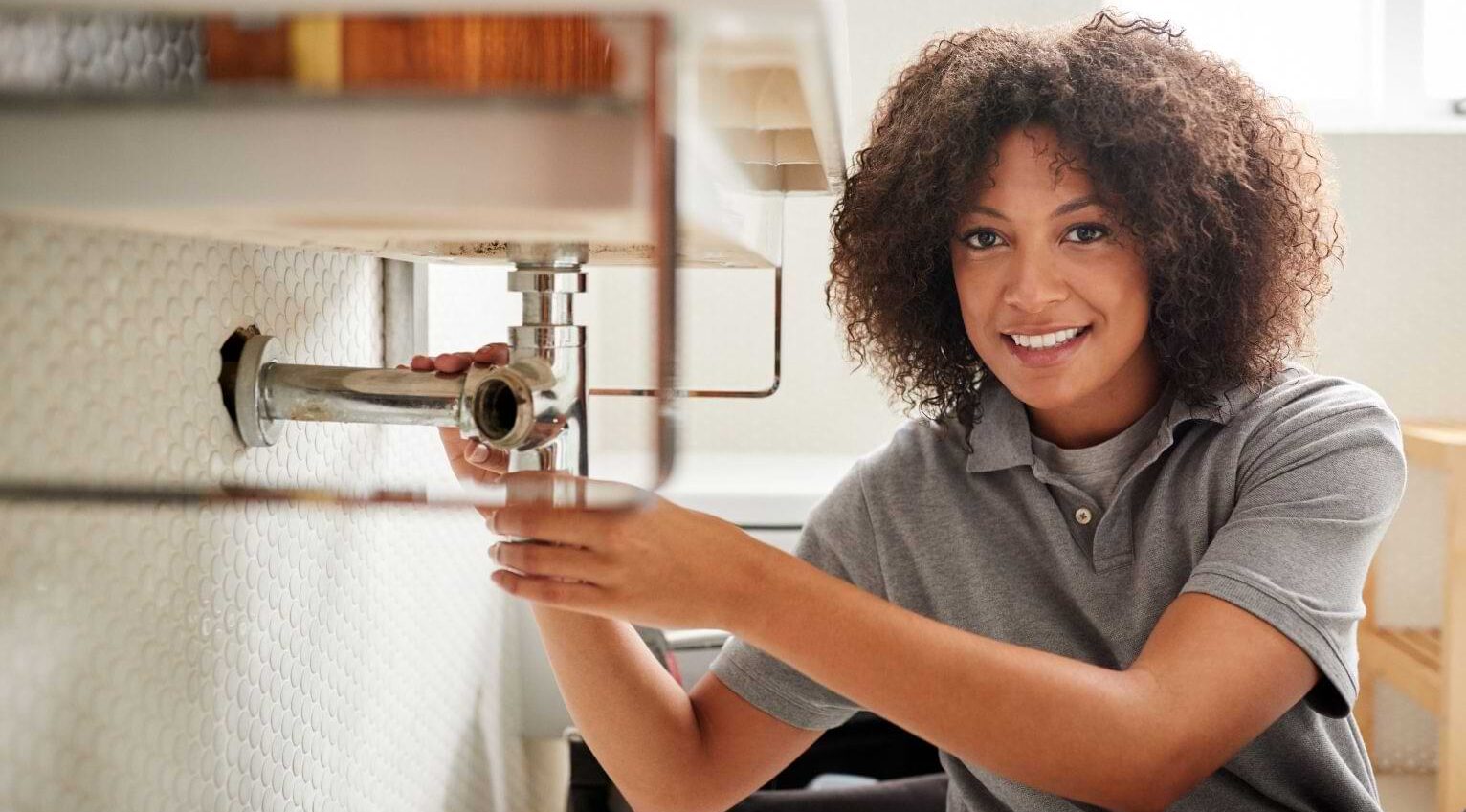Affordable Plumbing Services Alabaster AL for every single Budget plan
A Step-by-Step Guide to Efficient Water Heating Unit Installation for Ideal Efficiency
Embarking on the job of installing a water heating unit is an endeavor that requires accuracy and an organized technique for accomplishing optimum performance. The procedure begins with the important choice of picking the suitable heating unit tailored to the certain demands of your house, taking into consideration elements such as size, kind, and power resource. As soon as selected, preparing the installment area to fulfill safety and security requirements is paramount. The trip does not end right here. As you proceed, the complexities of attaching supply of water lines and establishing reliable electrical or gas links await, appealing insights into ensuring efficiency and reliability.
Choosing the Right Water Heater

Following, think about the dimension and ability of the water heating system. It's essential to analyze your house's warm water requirements, which can vary based on the number of residents and their use patterns. A device that's as well small might cause not enough warm water, while an oversized design might cause unneeded power usage.
Effectiveness rankings likewise play a critical role in selection. Seek water heaters with high Power Variable (EF) ratings, showing exceptional performance and lowered power usage. Tankless versions, though usually more costly ahead of time, deal considerable energy cost savings in time due to their on-demand home heating capabilities.
Preparing the Setup Area
Before mounting a brand-new hot water heater, careful prep work of the installment location is essential. This makes certain a smooth installment procedure and assists protect against future issues (Water Heater installation Alabaster AL). Begin by choosing an ideal area that abides with local building regulations and security requirements. The area ought to be dry, well-ventilated, and available for upkeep. It's critical to gauge the space carefully to fit the water heater's dimensions, ensuring sufficient clearance around the system for effective procedure and maintenance.
Inspect the flooring for stability, as the water heating system will certainly require a solid, degree surface to operate successfully. If essential, mount a drip pan under the system to catch prospective leaks or spills, avoiding water damage to the surrounding location.
Additionally, ensure that all essential devices and materials get on hand before beginning the setup. This consists of items such as wrenches, screwdrivers, a degree, and any type of extra hardware required for safeguarding the heating system and mounting. A well-prepared installation area sets the foundation for an effective water heater arrangement, optimizing performance and safety and security.
Connecting Water System Lines
When linking water lines to your freshly mounted water heating unit, it is vital to ensure that all links are leak-free and secure to keep efficient operation and prevent water damages. Begin by recognizing the warm and chilly supply of water lines. The cold water inlet is usually marked with a blue tag or a "C", while the warm water outlet is noted with a red label or an "H".
Use versatile water heating unit ports to facilitate a much easier installment procedure. Before attaching the connectors, place a plumbing's tape around the threaded ends of the water heater's inlet and outlet pipelines.
When links remain in place, gradually transform on the primary water supply shutoff. Check each connection for leaks by visually examining and feeling for dampness. Tighten up connections as essential, and guarantee the pressure safety valve is appropriately set up, securing against extreme stress build-up.
Establishing Electrical or Gas Connections
Properly establishing the electric or gas connections for your hot water heater is a critical step to make certain risk-free and effective operation. For electrical hot water heater, begin by verifying that the Check Out Your URL electric circuit is suitable with the heating unit's voltage and amperage requirements. Make sure the power supply is transformed off at the circuit breaker to avoid crashes. Link the electric cords to the heater following the maker's electrical wiring layout. Generally, this involves linking the ground cord to the eco-friendly terminal, and the staying wires to their matching terminals, securing each with cable nuts.
For gas water heaters, security is paramount. Attach the gas line to the water heater using a versatile gas connector, guaranteeing it is correctly threaded and sealed with pipeline joint substance or Teflon tape appropriate for gas links.
As soon as connections are made, examine for any possible leaks. For gas lines, apply a soapy water remedy to the joints; bubbles show a leakage. For electric connections, confirm that all circuitry is secure and effectively protected, keeping compliance with neighborhood electrical codes.
Testing and Adjusting for Performance
With the electric and gas connections securely in area, the following action is evaluating the operational effectiveness of your water heating unit. Begin by thoroughly turning on the water supply and guaranteeing there are no leakages at any of the joints or valves.
Following, carry out a detailed inspection to make sure the home heating elements or gas heaters are operating properly. For electrical heating units, use a multimeter to confirm if the aspects are drawing the suitable existing. In gas versions, observe the burner fire; it should be steady and blue, indicating effective burning.
Readjust the settings as required to get rid of inadequacies. Consider implementing insulation actions, such as including a water heater blanket, to further improve performance by minimizing warm loss. Additionally, inspect the anode pole's condition, as a worn-out rod can lower efficiency and lead to tank corrosion.
Conclusion
Efficient hot water heater installation is crucial for making certain ideal efficiency and power savings. By picking the appropriate type and size, and diligently preparing the installation area, a structure for success is established. Firmly linking water system lines and carefully establishing up electric or gas connections lessen prospective problems. Detailed screening for leakages and precise thermostat modifications to 120 ° F improve reliability and effectiveness. Sticking to these actions advertises long-term performance visit this site right here and power preservation in property water heater.

Properly setting up the electric or gas links for your water heating unit is an essential action to ensure reliable and risk-free operation. For electrical water heaters, begin by confirming that the electric circuit is suitable with the heating system's voltage and amperage requirements. Attach the gas line to the water heating system using a flexible gas connector, guaranteeing it is effectively threaded and sealed with pipe joint substance or Teflon tape ideal for gas links.